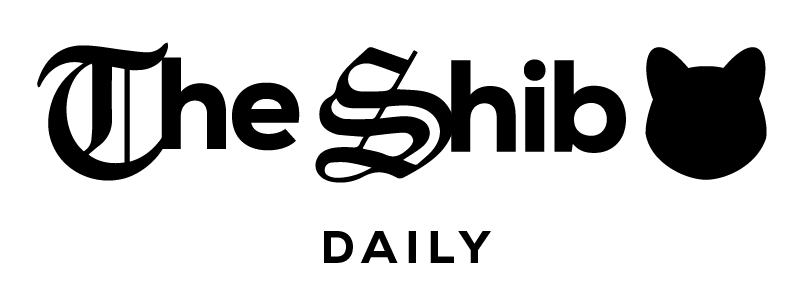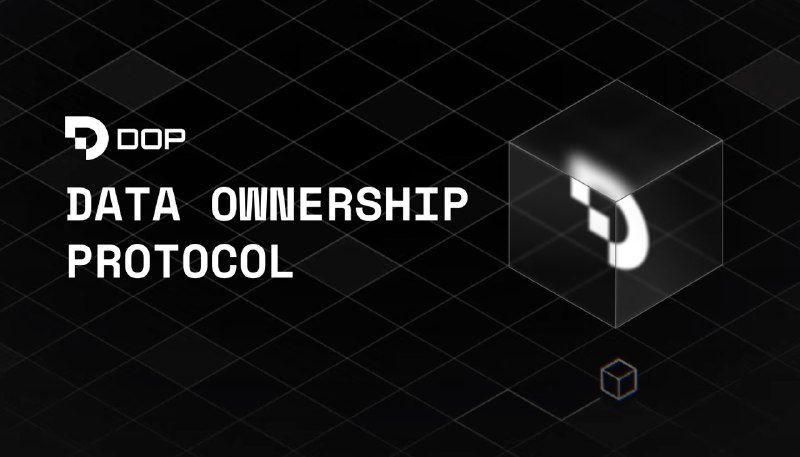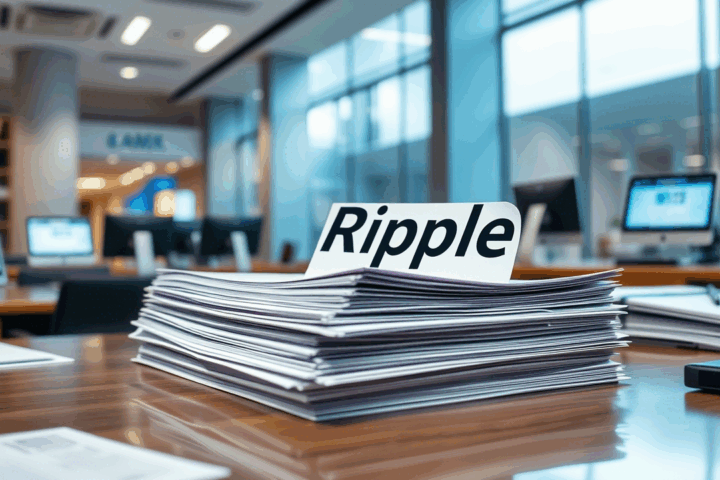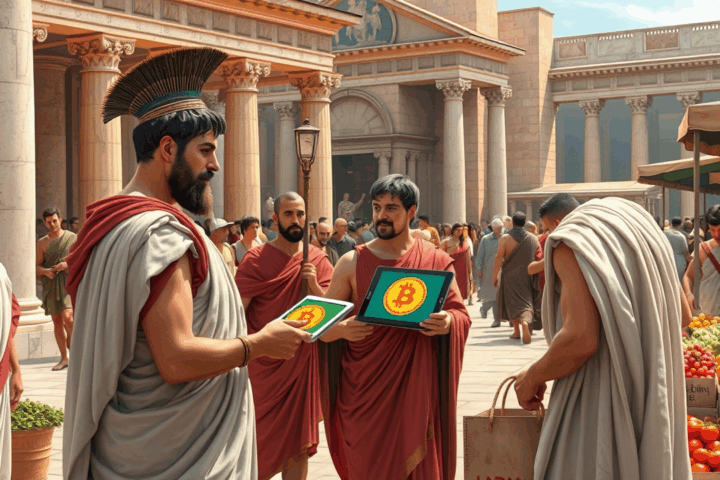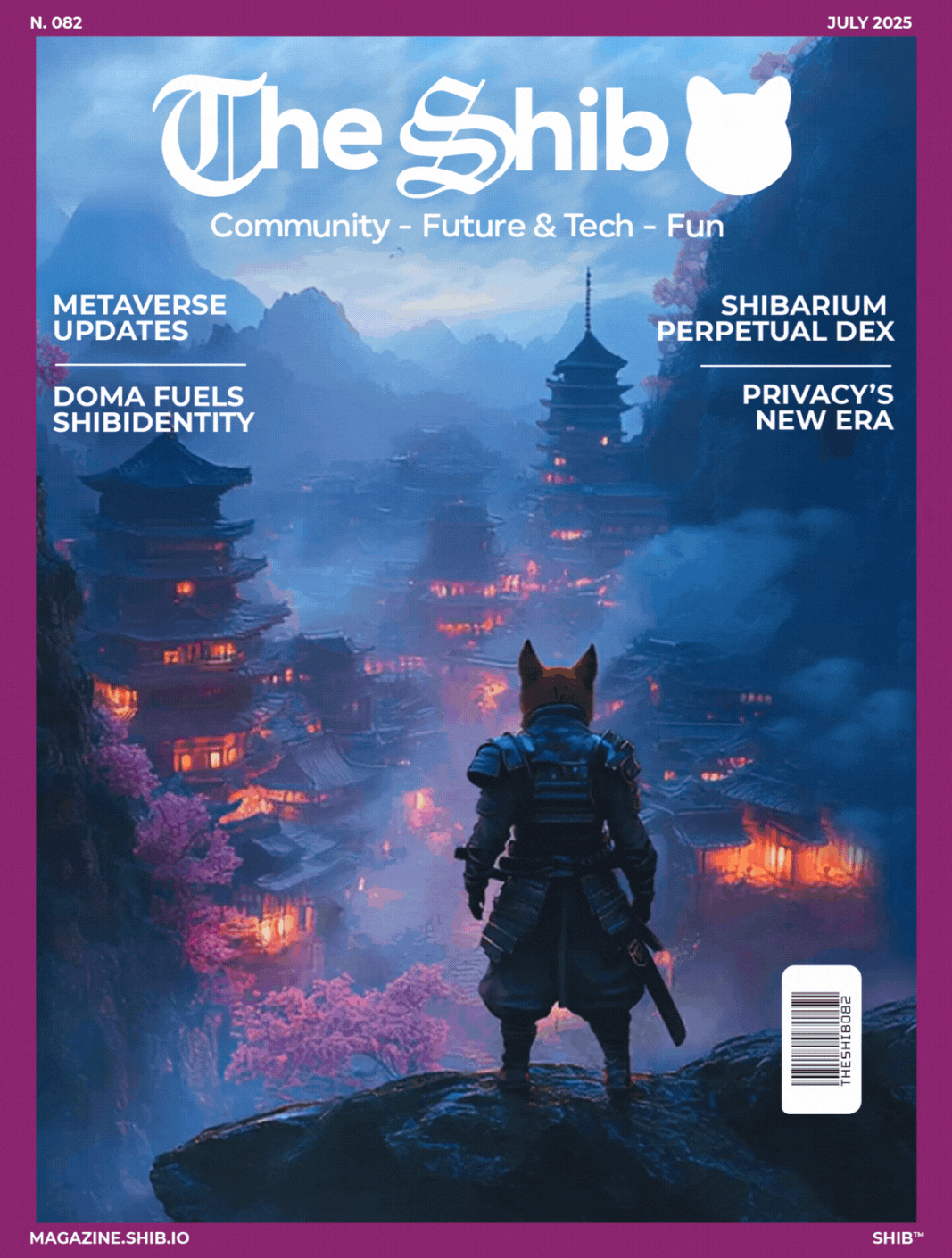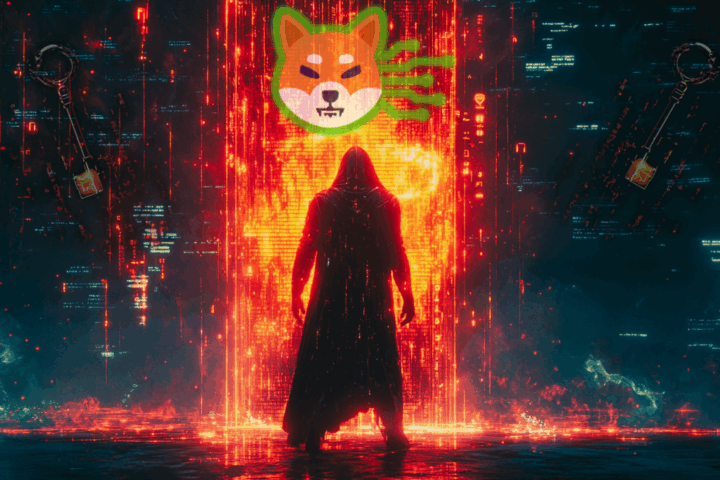In an era where data holds significant value, a notable development is taking shape in the blockchain universe. The Data Ownership Protocol (DOP) emerges as a promising solution, aiming to restore control of digital sovereignty to users in an increasingly decentralized world.
Addressing the Web3 Challenge
DOP is a noteworthy project, addressing one of the key concerns in the decentralized space: user control over personal data. The Web3 vision introduces a new internet era, one where users have greater control over their data and digital assets. However, this vision faces a considerable challenge. The inherent transparency of most blockchain networks creates a paradox: while transactions are anonymous, they’re also publicly visible. This openness, while beneficial in many scenarios, can present challenges for both individuals and businesses seeking to maintain control over their sensitive information.
Key Features of DOP
The Data Ownership Protocol approaches this challenge with a comprehensive set of features that make it a valuable tool for the discerning Web3 user. At its core, DOP empowers users with selective transparency—an innovative concept that allows individuals and businesses to choose what financial information they share and with whom. This granular control over one’s data represents a significant shift in how we approach digital interactions.
Imagine a world where your financial footprint is yours to manage, where you can conduct business on the blockchain with a level of discretion comparable to traditional finance, while still benefiting from the innovative features of decentralized systems. This is the world DOP aims to create. The protocol’s “smart bouncer” technology adds another layer of protection, acting as a guardian that screens transactions to maintain the integrity of the ecosystem.
Cross-Chain Compatibility
Initially launched on Ethereum, DOP’s ambitions extend beyond a single blockchain. The protocol envisions a future where users can enjoy consistent data control features across multiple networks. This cross-chain compatibility is important in an increasingly diverse blockchain landscape, offering users a unified experience regardless of their preferred platform.
Regulatory Compliance
In an era of increasing regulatory scrutiny, DOP strives to balance user control with regulatory compliance. This approach makes DOP a viable option for businesses and venture capitalists looking to leverage blockchain technology while adhering to legal requirements.
Business Applications
The potential applications of DOP are diverse. For businesses, it opens up possibilities in confidential transactions, supply chain management, and employee compensation. Consider conducting deals on the blockchain with a level of discretion similar to traditional finance, or managing sensitive supplier information while still benefiting from blockchain’s traceability.
Individual Users Applications
For individual users, DOP introduces a new paradigm in managing digital assets. It offers a level of privacy for crypto holdings comparable to traditional bank accounts, while streamlining the overall management process. The protocol significantly reduces the need for multiple wallets to obscure assets, a common practice in the crypto world. Instead, DOP allows users to consolidate their cryptocurrencies into a single, secure wallet, all while maintaining granular control over their financial information.
The $DOP Token
At the heart of the Data Ownership Protocol lies the $DOP token, a multifaceted digital asset that fuels the entire ecosystem. More than just a medium of exchange, $DOP is the key that unlocks the full potential of the protocol. $DOP tokens serve as the currency for network fees, encouraging their use while funding the protocol’s growth and upkeep. 75% of these fees are burned, reducing the circulating supply of $DOP and potentially increasing its value over time. The remaining 25% of transaction fees are redistributed to token stakers, providing an additional incentive for long-term engagement with the protocol.
The utility of $DOP extends far beyond simple transactions. Token holders gain the right to participate in the protocol’s governance through a decentralized autonomous organization (DAO), giving them a direct voice in shaping DOP’s future. For those seeking a more active role, a staking mechanism allows users to lock up their tokens and earn rewards. This three-pronged approach – transaction medium, governance tool, and staking asset – transforms $DOP from a mere token into a powerful instrument of user empowerment, embodying the protocol’s commitment to putting control back in the hands of its community.
Technological Foundation
DOP’s capabilities are built on advanced technologies. Zero-knowledge proofs enable users to prove the validity of transactions without exposing sensitive information. Smart contracts automate and secure various processes within the protocol, while encryption techniques ensure that only authorized parties can access protected data.
Future Developments
As DOP continues to evolve, its team is focused on expanding its capabilities. Future developments aim to include seamless cross-chain operations, enhanced data control features, and user-friendly interfaces to make DOP’s features more accessible. The protocol is also exploring integrations with popular DeFi platforms, potentially bringing its approach to data ownership to a wider audience in the decentralized space.
The Role of DOP in Web3
As we approach a new internet era, protocols like DOP play an important role. By addressing the issue of data ownership and control, DOP contributes to the wider adoption of blockchain technology and Web3 applications. For developers, it offers a framework to build applications that respect user data. For individuals, it provides enhanced control over personal information. And for the Web3 ecosystem as a whole, DOP represents a step towards realizing the vision of a decentralized internet that empowers users.
Conclusion
In the evolving landscape of Web3, the Data Ownership Protocol stands out as a significant component, aiming to balance the ideals of decentralization with the practical needs of users and businesses. As we navigate the complex interplay between transparency, security, and individual control in the digital age, DOP offers an innovative approach, working towards a future where users can embrace the benefits of blockchain technology while maintaining their right to data ownership.
The Data Ownership Protocol is more than just a solution—it’s an important building block for the future of Web3. In a world where data is increasingly valuable, DOP aims to shift power back to the users, allowing them to manage and distribute their digital assets on their own terms. As we move forward into this new digital world, DOP continues to work towards empowering users, one transaction at a time.
Disclaimer: The Shib Daily assumes no responsibility or liability for the contents of this article, or the views expressed in it. The information contained in this article is provided by the Data Ownership Protocol.
